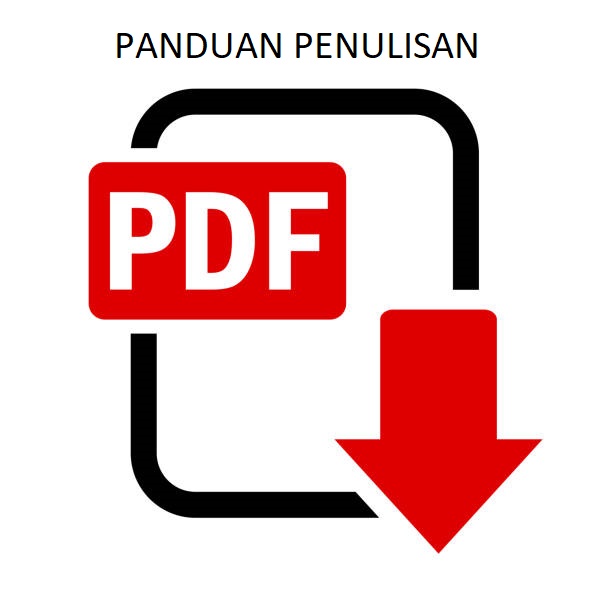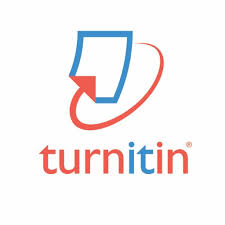Analysis of Thermal Energy Storage Based on Phase Change of Sugar Alcohol Type Material for Solar Water Heater System
DOI:
https://doi.org/10.35814/teknobiz.ej5fyd17Keywords:
Latent Heat Thermal Energy Storage, Phase Change Material, Sugar Alcohol, State of ChargeAbstract
The increasing use of renewable energy sources as a substitute for fossil energy certainly focuses on the importance of energy storage aspects, especially Latent Heat Thermal Energy Storage. Among a number of Phase Change Materials that can be used in the system, Sugar Alcohol with a high latent heat content and a low to medium temperature range, namely below 140 °C, is suitable for application in Thermal Energy Storage technology, especially Solar Water Heaters. This study tested the thermal performance of Xylitol and Erythritol type Sugar Alcohol, both pure and mixed with composite materials. The use of High-Density Polyethylene as much as 10% and 15% by weight is used as a stabilizer material during the liquid-solid phase change transition. The testing method used in this study uses the Hybrid Energy-Temperature Method, where the sample is heated from ambient temperature to reach a temperature of 150 °C and then cooled to reach ambient temperature again, in the charging/discharging cycle process, to analyze the State of Charge and Depth of Discharging of the tested sample. This study also uses the Differential Scanning Calorimetry method and the Heat Capacity-isostep method to determine the phase change behavior of the sample and calculate the total energy content of the selected sample.
Downloads
References
[2] N. Modi, X. Wang, and M. Negnevitsky, “Solar Hot Water Systems Using Latent Heat Thermal Energy Storage: Perspectives and Challenges,” Energies (Basel), vol. 16, no. 4, Feb. 2023, doi: 10.3390/en16041969.
[3] A. K. Mohammed and I. A. Hamakhan, “Analysis of energy savings for residential electrical and solar water heating systems,” Case Studies in Thermal Engineering, vol. 27, p. 101347, Oct. 2021, doi: 10.1016/j.csite.2021.101347.
[4] R. A. et al Rahman, Teknologi Baterai Termal. Bandung: Widina Media Utama, 2023.
[5] IRENA 2020, “Innovation Outlook:Thermal Energy Storage,” Abu Dhabi, 2020.
[6] Y. Fang, J. Niu, and S. Deng, “Numerical analysis for maximizing effective energy storage capacity of thermal energy storage systems by enhancing heat transfer in PCM,” Energy Build, vol. 160, pp. 10–18, Feb. 2018, doi: 10.1016/j.enbuild.2017.12.006.
[7] D. Chocontá Bernal, E. Muñoz, G. Manente, A. Sciacovelli, H. Ameli, and A. Gallego-Schmid, “Environmental Assessment of Latent Heat Thermal Energy Storage Technology System with Phase Change Material for Domestic Heating Applications,” Sustainability, vol. 13, no. 20, p. 11265, Oct. 2021, doi: 10.3390/su132011265.
[8] C. Liu, Q. Cheng, B. Li, X. Liu, and Z. Rao, “Recent advances of sugar alcohols phase change materials for thermal energy storage,” Dec. 01, 2023, Elsevier Ltd. doi: 10.1016/j.rser.2023.113805.
[9] Z. Tao et al., “Phase change material based on polypyrrole/Fe3O4- functionalized hollow kapok fiber aerogel matrix for solar /magnetic- thermal energy conversion and storage,” Chemical Engineering Journal, vol. 423, p. 130180, Nov. 2021, doi: 10.1016/j.cej.2021.130180.
[10] T. Obergfell, J. Solano Guzmán, T. Haussmann, S. Gschwander, and A. Wagner, “Long-term functionality of a passive phase-change materials building application after more than a decade of operation,” Energy Build, vol. 249, p. 111213, Oct. 2021, doi: 10.1016/j.enbuild.2021.111213.
[11] Z.-G. Shen, S. Chen, X. Liu, and B. Chen, “A review on thermal management performance enhancement of phase change materials for vehicle lithium-ion batteries,” Renewable and Sustainable Energy Reviews, vol. 148, p. 111301, Sep. 2021, doi: 10.1016/j.rser.2021.111301.
[12] A. A. M. Omara and A. A. A. Abuelnour, “Improving the performance of air conditioning systems by using phase change materials: A review,” Int J Energy Res, vol. 43, no. 10, pp. 5175–5198, Aug. 2019, doi: 10.1002/er.4507.
[13] L. Miró, J. Gasia, and L. F. Cabeza, “Thermal energy storage (TES) for industrial waste heat (IWH) recovery: A review,” Appl Energy, vol. 179, pp. 284–301, Oct. 2016, doi: 10.1016/j.apenergy.2016.06.147.
[14] H. Nazir et al., “Recent developments in phase change materials for energy storage applications: A review,” Int J Heat Mass Transf, vol. 129, pp. 491–523, Feb. 2019, doi: 10.1016/j.ijheatmasstransfer.2018.09.126.
[15] G. Yang, Y.-J. Yim, J. W. Lee, Y.-J. Heo, and S.-J. Park, “Carbon-Filled Organic Phase-Change Materials for Thermal Energy Storage: A Review,” Molecules, vol. 24, no. 11, p. 2055, May 2019, doi: 10.3390/molecules24112055.
[16] Ismail, Y. I. Widodo, and R. A. Rahman, “Charge Assessment for Nitrate-Based Salt as a Phase Change Material for a Medium-Temperature Latent Storage Tank,” Latvian Journal of Physics and Technical Sciences, vol. 61, no. 1, pp. 52–61, Feb. 2024, doi: 10.2478/lpts-2024-0006.
[17] M. Delgado, M. Navarro, A. Lázaro, S. A. E. Boyer, and E. Peuvrel-Disdier, “Triggering and acceleration of xylitol crystallization by seeding and shearing: Rheo-optical and rheological investigation,” Solar Energy Materials and Solar Cells, vol. 220, p. 110840, Jan. 2021, doi: 10.1016/j.solmat.2020.110840.
[18] A. Seppälä, A. Meriläinen, L. Wikström, and P. Kauranen, “The effect of additives on the speed of the crystallization front of xylitol with various degrees of supercooling,” Exp Therm Fluid Sci, vol. 34, no. 5, pp. 523–527, Jul. 2010, doi: 10.1016/j.expthermflusci.2009.11.005.
[19] N. Beaupere, U. Soupremanien, and L. Zalewski, “Nucleation triggering methods in supercooled phase change materials (PCM), a review,” Thermochim Acta, vol. 670, pp. 184–201, Dec. 2018, doi: 10.1016/j.tca.2018.10.009.
[20] M. Duquesne, E. Palomo Del Barrio, and A. Godin, “Nucleation Triggering of Highly Undercooled Xylitol Using an Air Lift Reactor for Seasonal Thermal Energy Storage,” Applied Sciences, vol. 9, no. 2, p. 267, Jan. 2019, doi: 10.3390/app9020267.
[21] M. Navarro, G. Diarce, A. Lázaro, A. Rojo, and M. Delgado, “Comparative study on bubbling and shearing techniques for the crystallization of xylitol in TES systems,” Results in Engineering, vol. 17, p. 100909, Mar. 2023, doi: 10.1016/j.rineng.2023.100909.
Downloads
Published
Issue
Section
License
Copyright (c) 2025 Teknobiz : Jurnal Ilmiah Program Studi Magister Teknik Mesin

This work is licensed under a Creative Commons Attribution 4.0 International License.




















